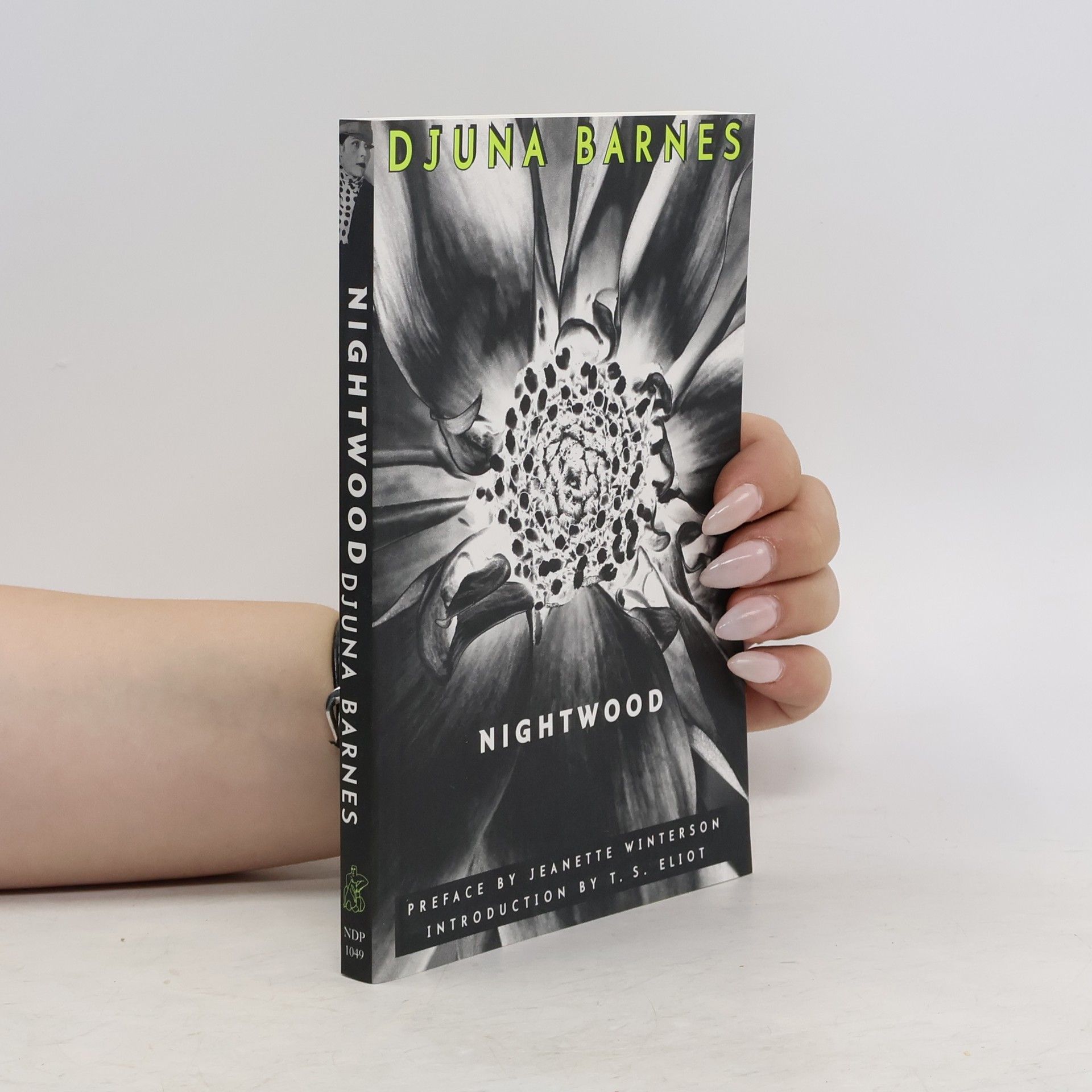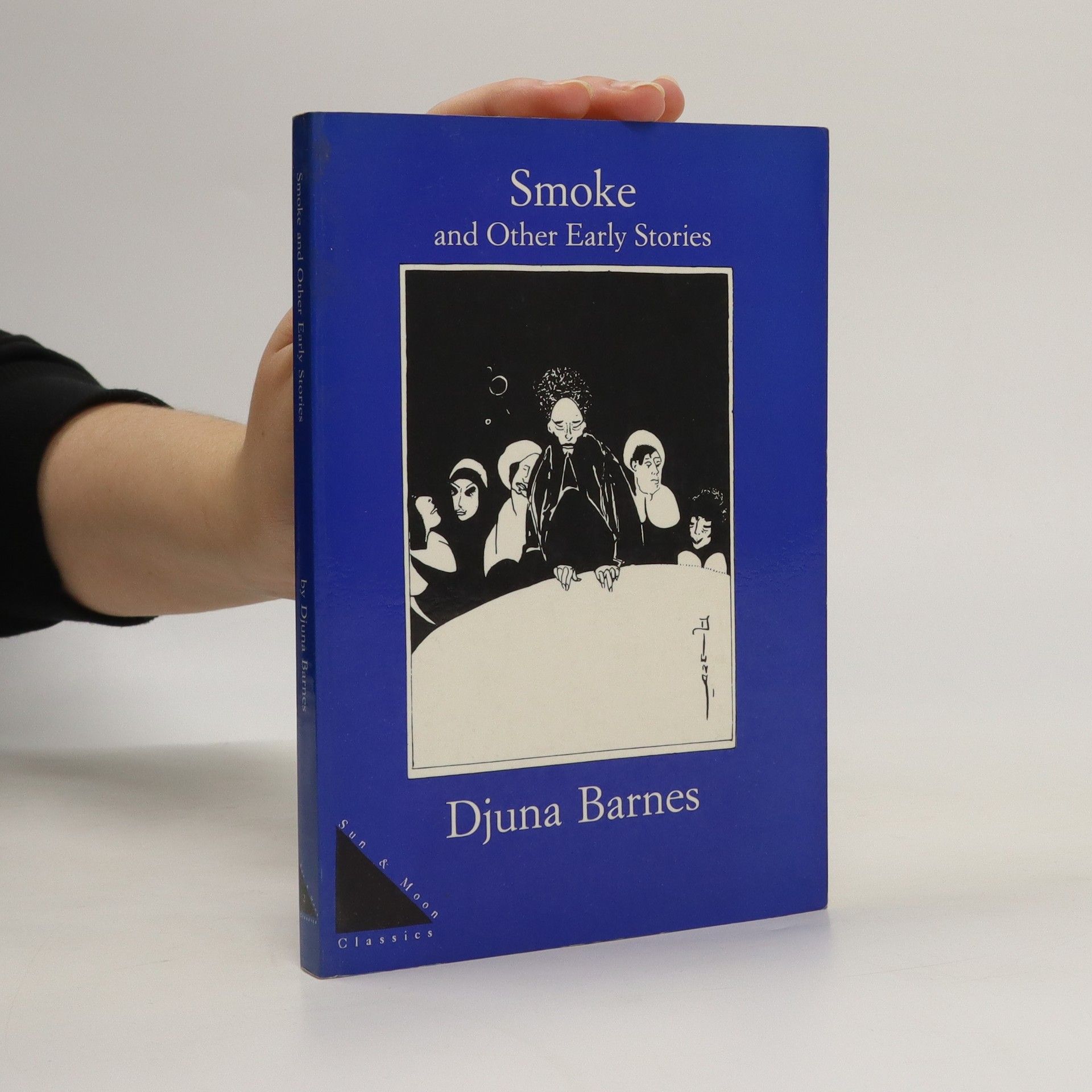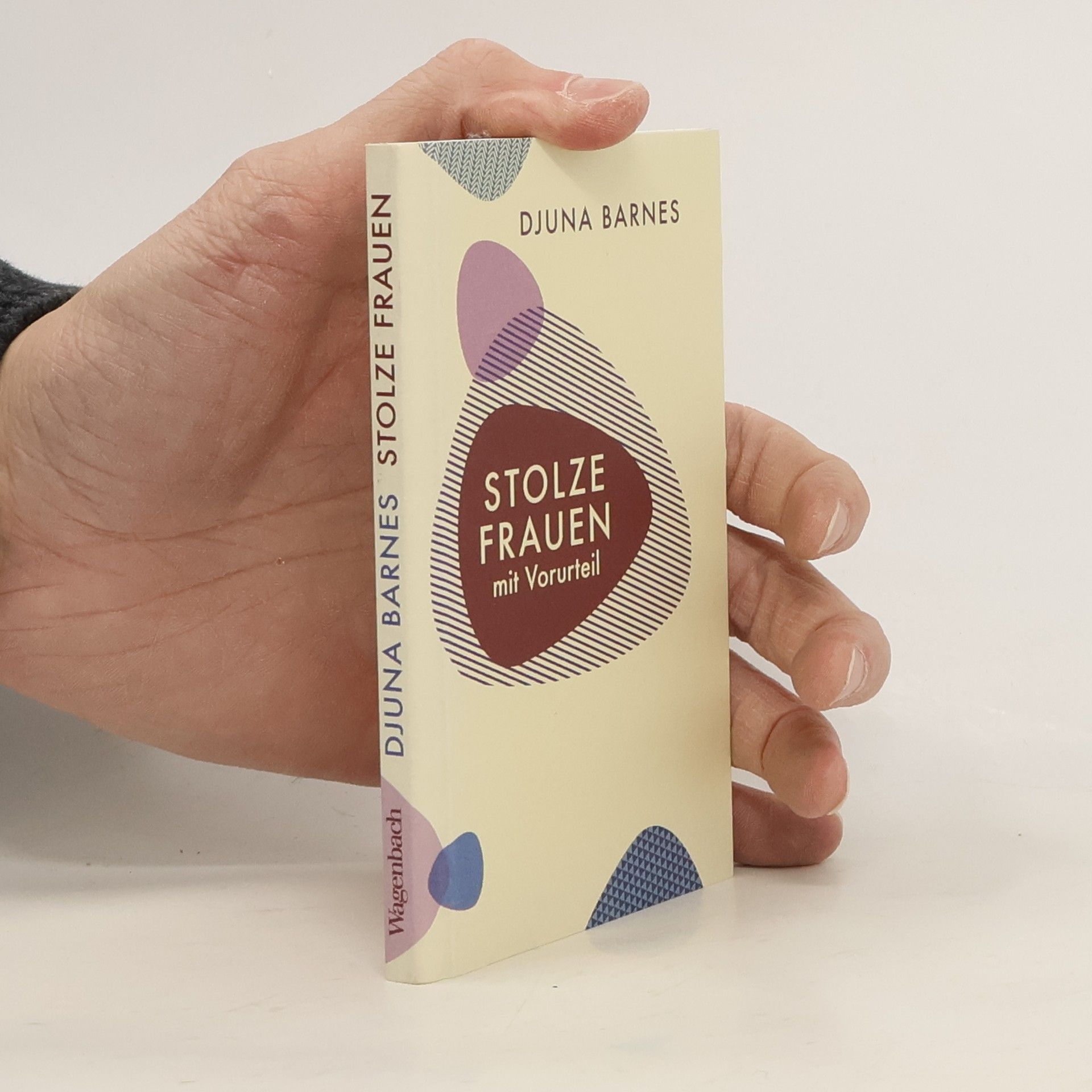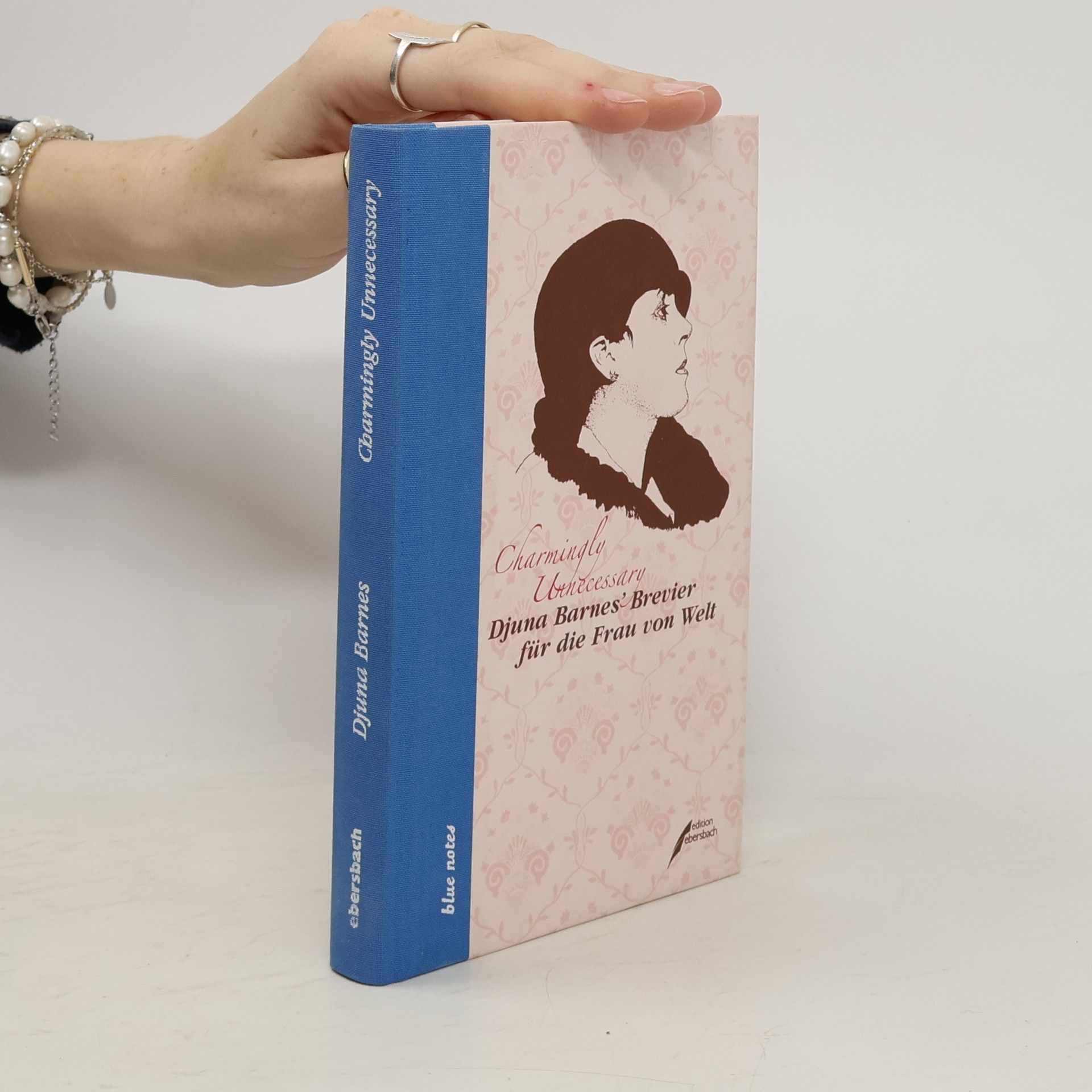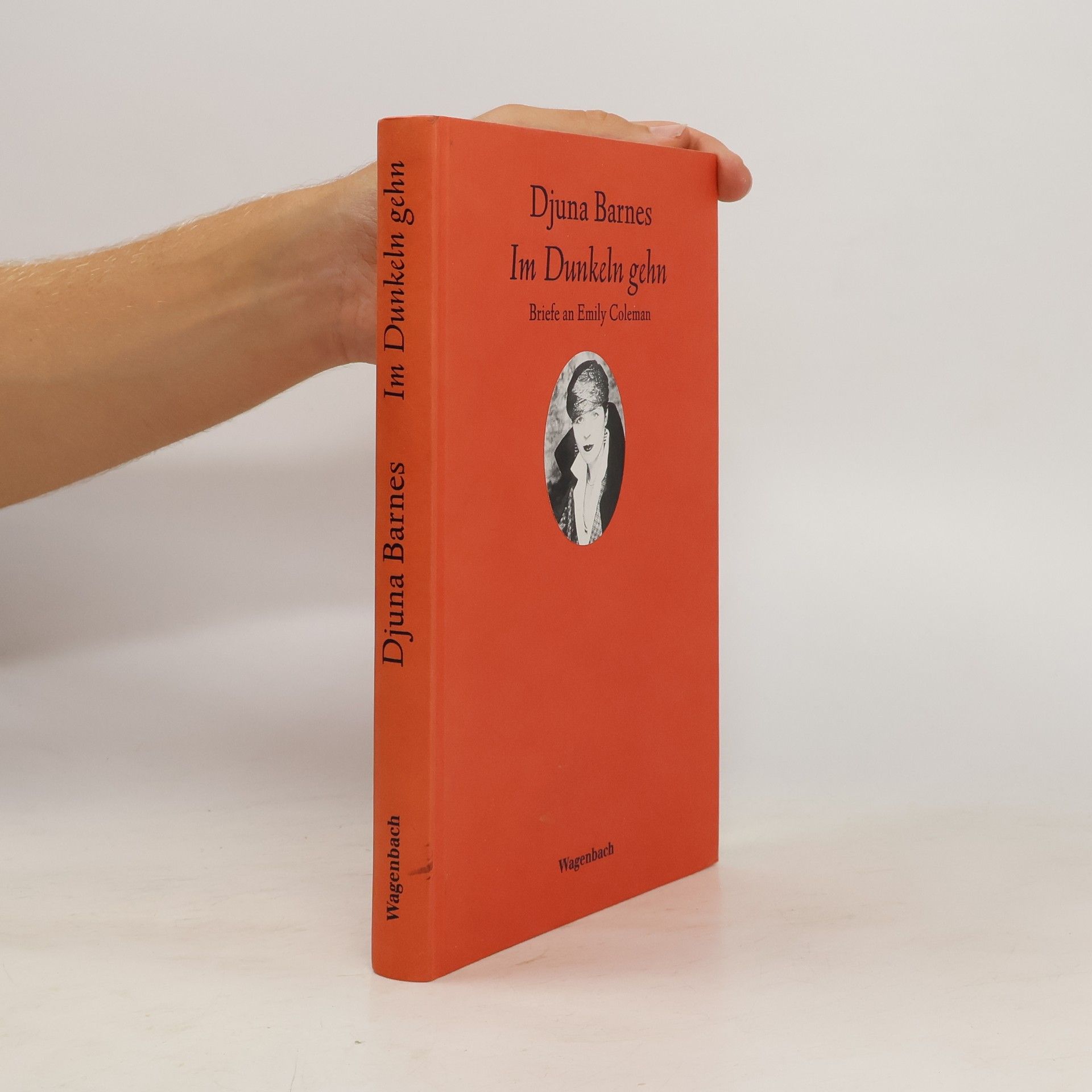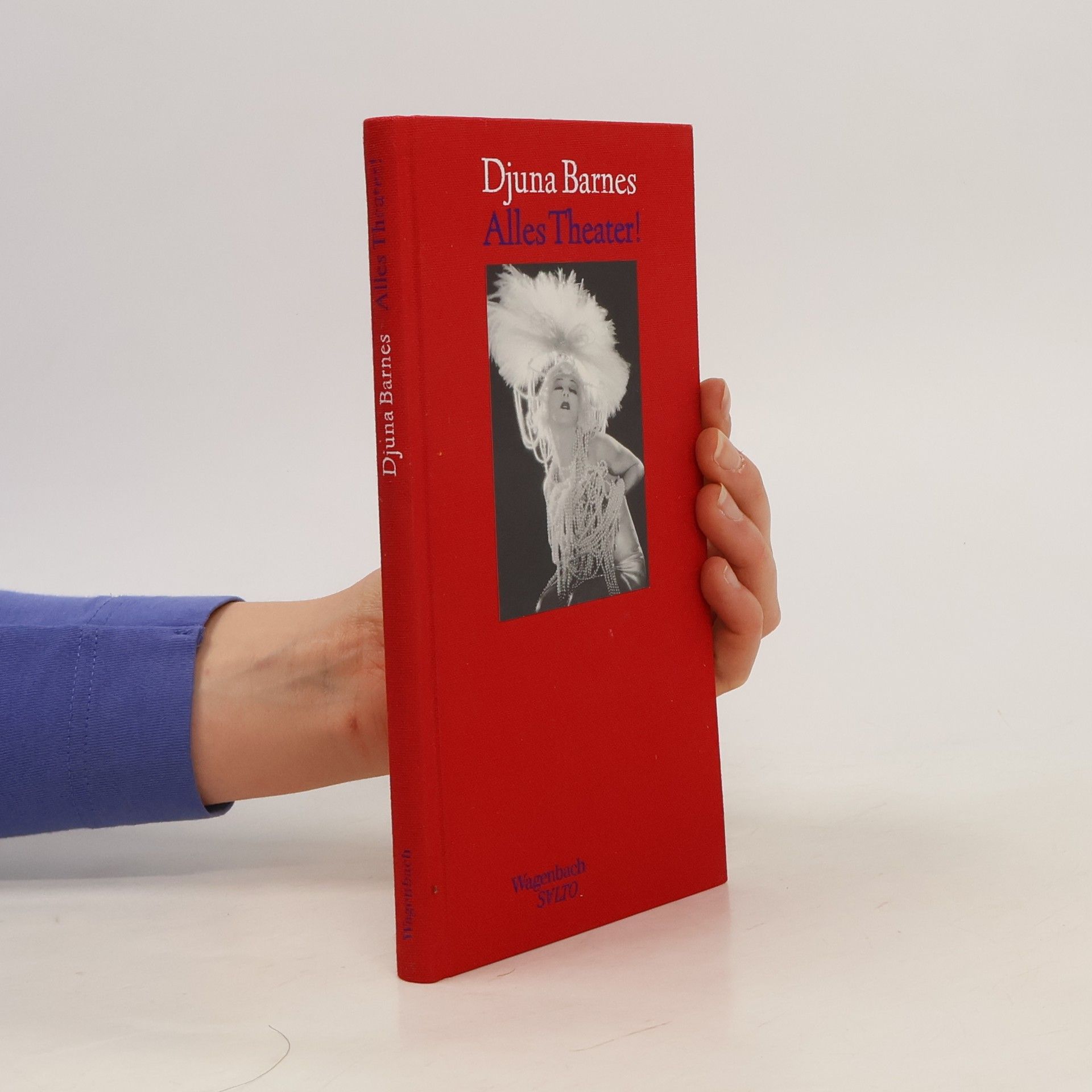A Book
- 200 pages
- 7 hours of reading
This collection features early short stories by Djuna Barnes, a prominent Modernist writer known for her influential work, Nightwood. The reprint showcases her unique narrative style and innovative approach to themes of identity, gender, and society. Readers can expect a blend of poetic language and experimental storytelling that reflects the complexities of early 20th-century life. Barnes' distinctive voice and perspective make this collection a significant addition to the canon of Modernist literature.

